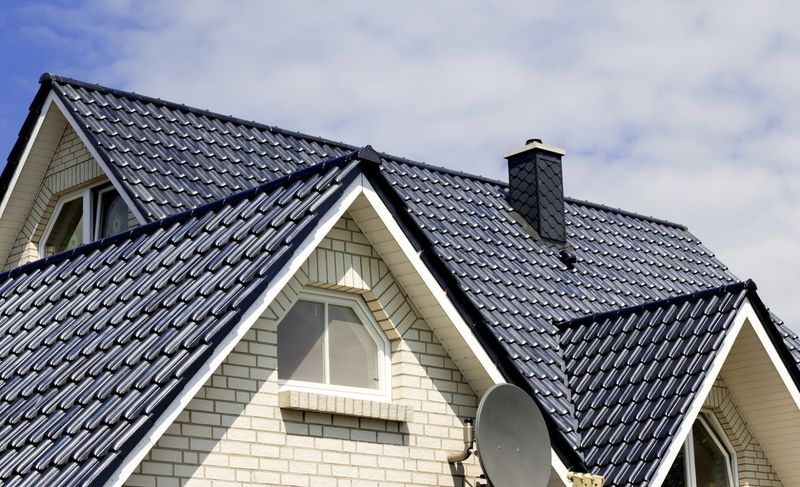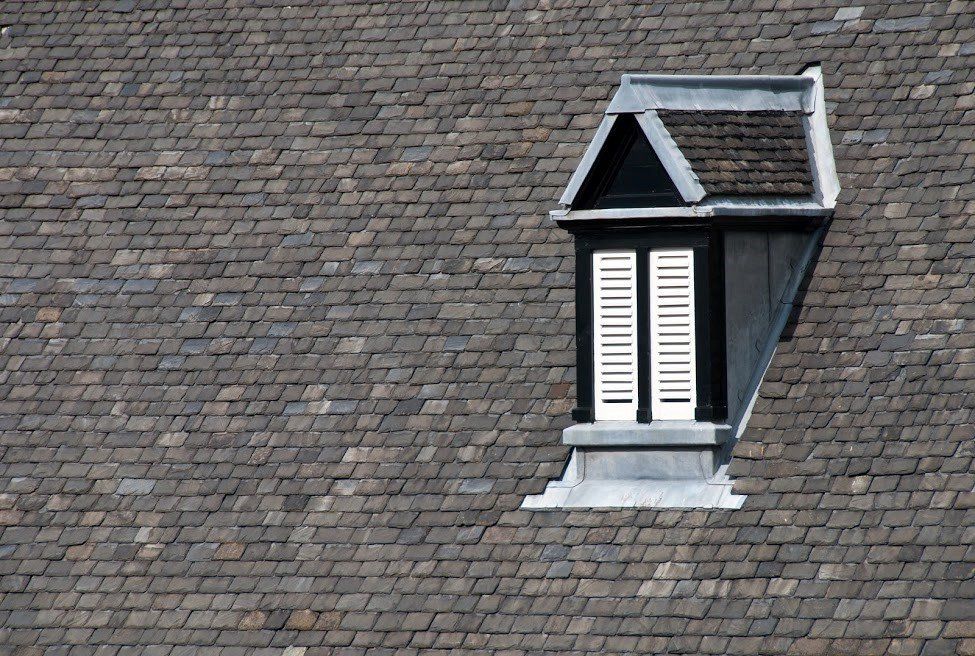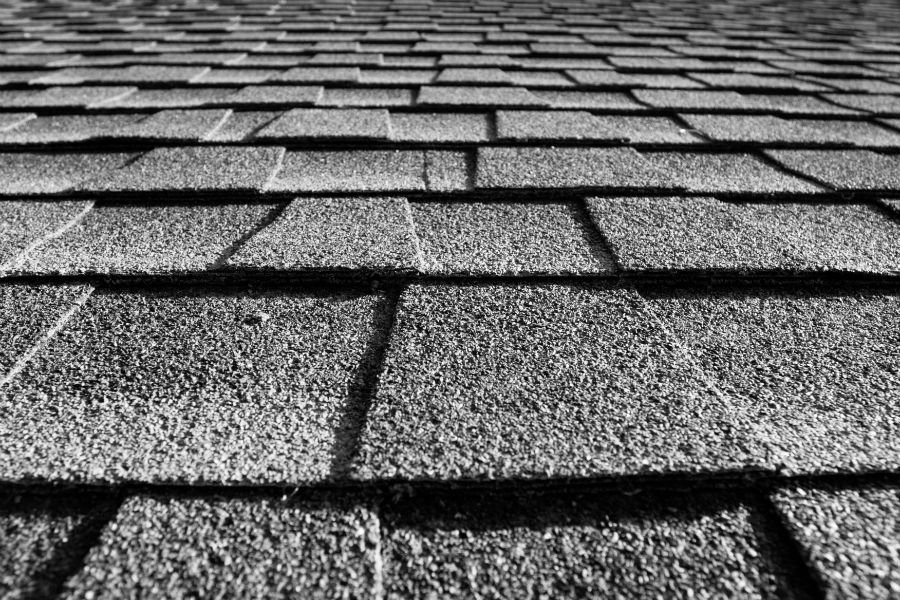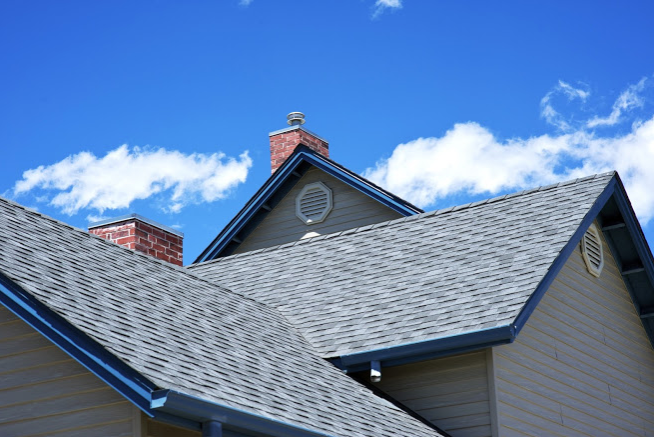5352 Highway Ave, Jacksonville, FL 32254
Email: alton@altonroofing.com
License# RC29027510 & CCC1333527
Call Us Now: (904) 235-5224
Blog Layout
Causes and Solutions for a Noisy Roof
Apr 14, 2020

Houses can make unusual sounds, especially as they get older. You may hear sounds coming from the top of your house. Some roofs, such as metal, are more prone than others, such as tile, to making noise in the rain. However, any roof can make unusual noises in the wind or cold. Find out why your roof is making noise and what you can do to stop it.
Main Causes of a Noisy Roof
A roof can make unfamiliar noises for different reasons.
Thermal Expansion and Contraction
One of the most common causes of roof noise is related to the changes the building materials undergo in the winter. Exposed building materials shrink in response to cold temperatures. However, the cold affects them differently, so they don't shrink at the same rate. What's more, wood loses moisture in the winter, which causes it to shrink even more.
Meanwhile, just under the roof you usually have conditioned air — in this case heated. Therefore, the parts of your roof that aren't exposed to the cold don't show shrinkage. As the roofing materials work against each other, they make noises. You might hear popping or even a loud boom.
Wind Pressure
Your roof takes the brunt of the wind force, which is part of its purpose. To withstand all that force, the roof has to feature a solid base of construction. Otherwise, the roof system will flex to absorb all that force. When that flex is happening, you may hear a series of popping noises. Gable roofs are especially susceptible to this phenomenon because of the flat wall they present to the wind.
Loose Roof Components
A lot of components go into the makeup of your roof. If they become loose, they will make sounds on windy days. For instance, if you have aluminum soffits, they might be loose in their channel where it meets the wall. So, when the wind blows, you hear clattering sounds. Other components that can rattle in the wind include fascia, chimney caps, and the gutters.
Solutions for a Noisy Roof
Solutions for a noisy roof sometimes relate to the cause. In other instances, you may simply have to dampen the sounds.
Tighten Up Loose Parts
With loose fascia around your chimney or the chimney cap itself, you may want to call for roof repairs since you'd have to walk on the roof. With gutters, you can inspect all the fasteners and tighten the loose ones. For the soffit, identify which ones are loose. You can insert a screen spline between the loose soffits to stop them from clattering.
Replace Improper Fasteners
Another issue with some roofs, especially metal ones, is the contractors may have used improper fasteners that allow the panels to rattle. You may need to have your local roofers come out and replace the fasteners.
Insulate the Ceiling Under the Roof
If the source of the noise is physics-related, such as the thermal contraction or wind pressure, you may not be able to prevent it. Instead, you'll need to dampen the noise. One method is with added insulation directly under the roof. The insulation absorbs the sound that would otherwise just travel through the ceiling.
You have a couple of different options for the insulation. One is the traditional batt or blanket insulation. The other option is spray foam insulation, which is ideal if you have unusual corners or a steep slope.
Roof Frame Bolstering
If the issues are significant enough, consider having the roofing contractors inspect your roof frame. They might be able to add some diagonal bracing to bolster the roof frame. When the wind blows, this additional bracing will transfer the load across a wider expanse of the frame. As such, the frame will move less. This solution is ideal if you fear the wind could create damage to your roof frame.
If your roof is making so much noise you're concerned, call the roofing experts at Alton Roofing Services
for advice.
BROWSE OUR WEBSITE
CONTACT INFORMATION
Phone: (904) 235-5224
Email: [email protected]
Address: 5352 Highway Ave, Jacksonville, FL 32254
Hours of Operation: Mon - Fri 8:00am - 5:00pm
Contact to schedule an appointment
VISIT OUR LOCATION
Content, including images, displayed on this website is protected by copyright laws. Downloading, republication, retransmission or reproduction of content on this website is strictly prohibited. Terms of Use
| Privacy Policy



